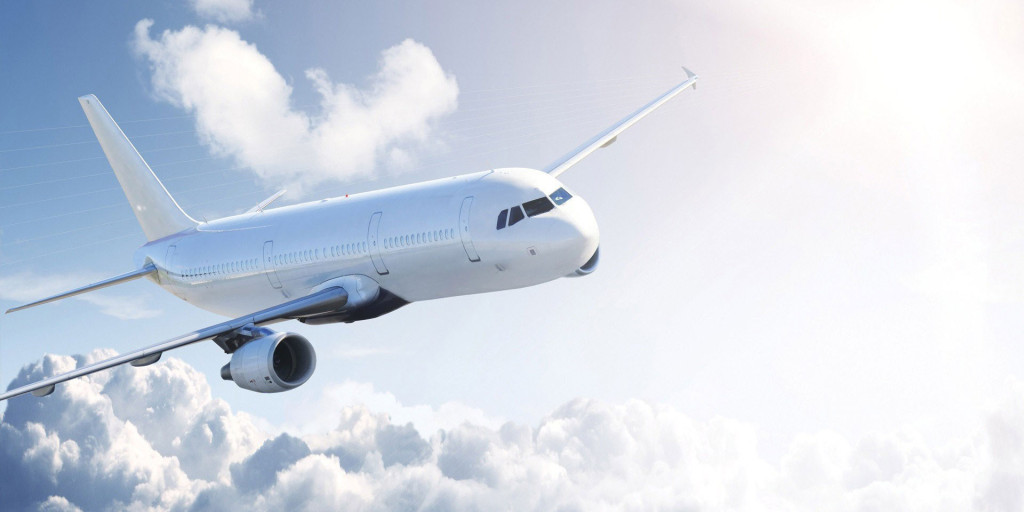Industry Forecast Predicts Need for More Than 1 Million Pilots, Technicians by 2034

Strong demand for commercial airline pilots and maintenance technicians is on the horizon, according to an international industry forecast released last week. Boeing’s 2015 Pilot and Technician Outlook projects the world will need 558,000 new commercial airline pilots and 609,000 new commercial airline maintenance technicians between 2015 and 2034.
“The challenge of meeting the global demand for airline professionals will not be solved by one company alone,” said Sherry Carbary, vice president of Boeing Flight Services, in the forecast announcement. “Aircraft manufacturers, airlines, training equipment manufacturers, training delivery organizations, regulatory agencies and educational institutions are all stepping up to meet the increasing need to train and certify pilots and technicians.”
One educational institution that has already experienced growth in the maintenance arena is Embry-Riddle Aeronautical University – Worldwide. Over the past few years, enrollment has doubled in the school’s undergraduate aviation maintenance program.

Ken Witcher, dean of Embry-Riddle Worldwide's College of Aeronautics.
“The aviation maintenance community is placing a higher value on education,” said Ken Witcher, dean of Embry-Riddle Worldwide’s College of Aeronautics. “Industry now is telling the workforce that a formal education, along with the required technical skills, is important.”
Witcher attributes some of this shift to manufacturers that are building more efficient and sophisticated aircraft that require complex technical support.
“It’s a different industry than it was 25 years ago,” he said. “The maintainers of tomorrow will be different than those of the past.”
While Witcher found the overall jobs outlook encouraging, he also noted the global significance of Boeing’s report.
The region with the highest projected demand by 2034 is the Asia Pacific, with an anticipated need for 226,000 pilots and 238,000 technicians. Following the Asia Pacific are Europe and North America, with a need for 95,000 pilots and 101,000 technicians and 95,000 pilots and 113,000 technicians – respectively. Other regions highlighted include Latin America, the Middle East, Africa and Russia/CIS.
“This forecast demonstrates the need has grown beyond the continued conversation about the commercial pilot shortage as it is more closely linked to aircraft sales and not singularly focused on an aging workforce in the United States,” he said. “These numbers show that the demand for trained aviation professionals has now become a global conversation.”

 Molly Justice
Molly Justice